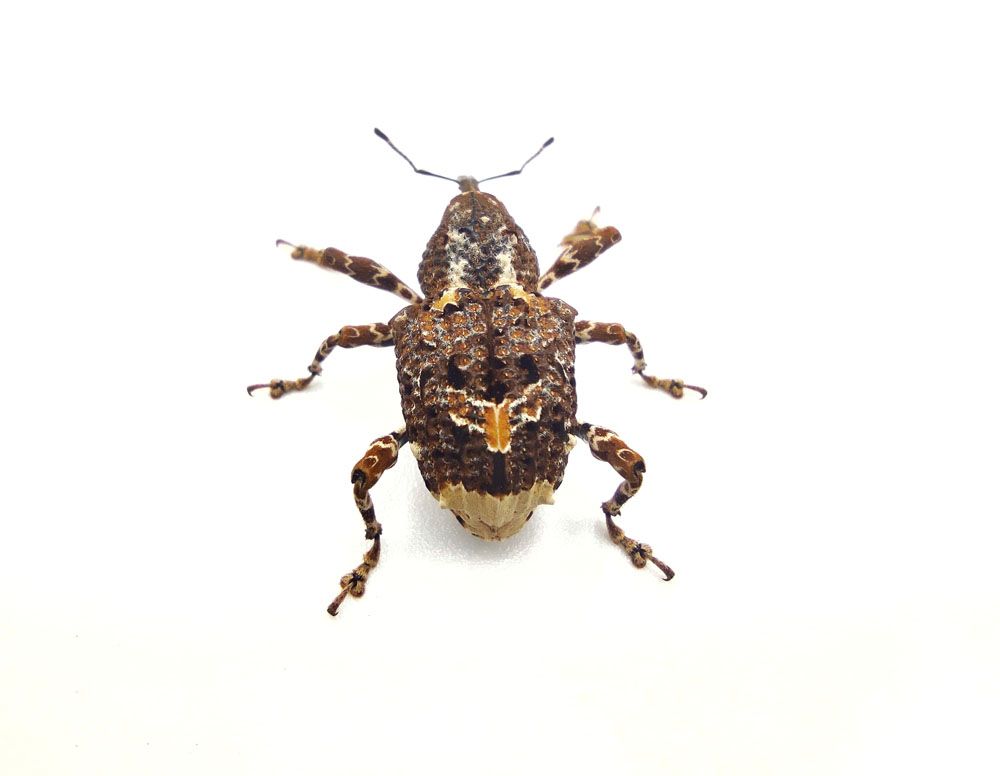
White Pine Weevil – Pissodes strobi
White Pine Weevil (Pissodes strobi)
Latin Name: Pissodes strobi
Common Name: White Pine Weevil
Appearance:
- The adult is a little rust-colored weevil, 4-6 mm long. The front wings have unevenly shaped brown and white scale patches.
- A big white patch can be found towards the tip of the front wings. The adult has a long snout-like mouth from which little antennae emerge, as do most weevils.
- The larval stage is white with a characteristic brown head and dwells beneath the bark. The larva is around 7 mm long when fully grown, legless, and somewhat C-shaped.
Host plants:
White pine, Norway spruce, other spruce and pine species, Douglas fir
Territory:
The white pine weevil is a North American native that may be found across the white pine habitat in eastern Canada.
Damage caused by White Pine Weevil:
This weevil’s damage causes a decline in lumber production and low-quality ornamentals for nursery and Christmas trees.
Description about Leafminers:
Leafminers are little flies with yellow portions on their thorax, legs, and abdomen. They are 0.1 inch (2.5 mm) length, black to blue in colour, and have yellow thorax, legs, and abdomen. At the base of the wings, there is usually a noticeable yellow patch. The small white eggs are buried under the epidermis of the leaf and hatch after 4 to 6 days. Underground or in mines, pupation occurs. The life cycle spans around 23 days throughout the summer. The larvae of serpentine leafminers feed between the top and lower leaf surfaces, leaving large whitish spots or thin, white, winding trails towards the leaves interior.
Life history and Habits:
Adults spend the winter under infected trees in the duff. They emerge in the early spring to begin eating and laying eggs in the terminal shoot from the previous year. Larvae burrow down through the bark after hatching, girdling the leader. Pupation occurs in the feeding channel’s oval chip-lined cells beneath the bark. In July and August, the adults emerge and fall to the ground.
